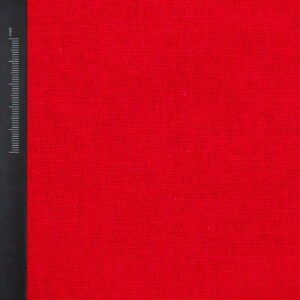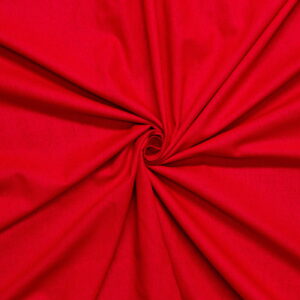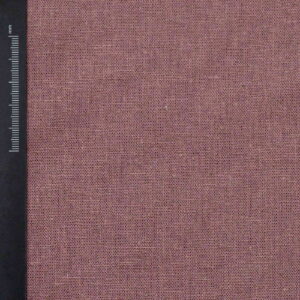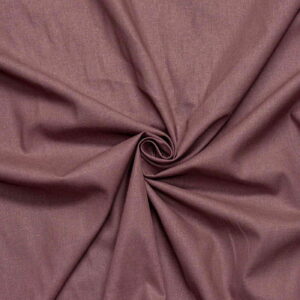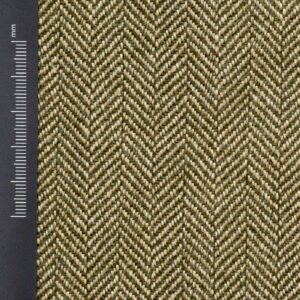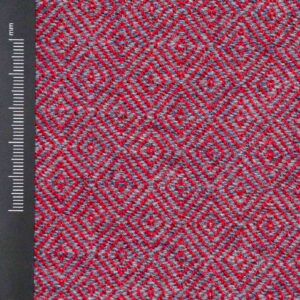Do you dream of a light, dress in which you will feel great in the heat of summer, and at the same time you will look as if torn out of the era? Or are you looking for the perfect fabric for a tunic? Never mind! Our wool thin plain weave is suitable for many different projects, both historical and LARP, as well as cosplay and contemporary fashion.
How is wool fabric made?
Wool is a natural protein fiber that is made from the hari of sheep, but also camels, goats, lammas or alpacas. It has a high resistance to water, fire and decay. Wool is also strong and flexible. Wool fabric is made from thin strands of wool yarns woven together using the plain weave technique.
The process of making wool fabric is called carding, combing and spinning. Carding is when wool is passed through metal combs that straighten it out and remove any short fibers. Combing separates the long fibers into parallel lines so they can be spun into threads. Spinning is when the carded and combed fibers are twisted together to form thread.
Is wool thin plain plain weave a historical material?
The earliest known examples of woolen textiles date back to 9,000 BC. In ancient Mediterranean basin, sheep were raised for their fleece and meat. The Egyptians used the fibers to make clothing and blankets. Wool was used in Europe from 4000-5000 BC already in Neolitic era, and continuously is using now. It was partially replaced by cotton, which, however, eliminated native plant materials such as flax or hemp.
Wool has been used for thousands of years in textiles because it's warm, soft and durable. It was first used by nomadic tribes in Central Asia as clothing for both humans and animals like camels and goats! Nowadays people still love using wool for its warmth but also because it's hypoallergenic so it doesn't irritate sensitive skin like some other fabrics do. Wool also repels dirt so it doesn't need washing as often as some other fabrics either!
What is plain weave?
Plain weave is a type of fabric in which the warp and filling yarns are interlaced at right angles to each other, forming a strong texture that does not fray easily. The resulting fabric is flexible, but not stretchy. Plain weaving is also known as tabby weaving.
Plain weaves can be used to make any number of different fabrics, including blankets, rugs, curtains and clothing. The thickness of plain weave fabric is dependent on the number of threads (and they thicness) in each set and how tightly they’re woven together.



